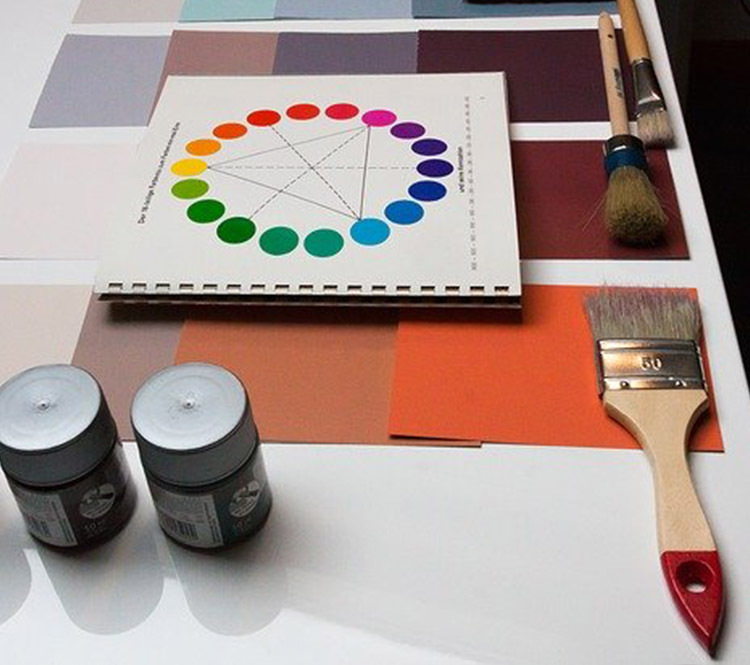Throughout recorded history, humanity has made association between mood and color. In ancient Egypt, red was associated with increasing circulation, while blue was believed to bring pain relief. Color remains one of the most important tools available to make your environment feel more peaceful, inspiring, dramatic, or soothing. It can make a small space feel more expansive, or a large room cozier. Finding colors you personally respond to is key, and a fulfilling way to express your creativity individuality.
It’s understandable if you find it challenging to settle on paint and interior colors, because everyone is affected by colors differently. Color psychology is defined by Wikipedia as the study of hues as a determinant of human behavior. This human reaction to color depends largely on cultural differences, upbringing, and personal preference and experience. Color psychology research has also indicated that perception of color meaning is very context-specific. A color that may make you want to purchase a particular product may not be the same one you want to adorn your bedroom walls with.
While it’s true that individual responses to colors vary, there are some widely held correlations about colors in general:
Red/Orange/Yellow
Red typically evokes passion and love but has a flip side of associations with war and danger. Believed to increase appetite, it can be a great accent color for kitchens or it can be used as an accent wall in a social room to help keep energy levels high. Orange is connected with happiness, creativity, and stimulation. Its negative connotation is distrust, but that is typically tied with dark orange tones. Brighter tones can bring energy to workout rooms and kitchen features. Yellow is typically tied to joy, intelligence, and optimism. Besides the classic kitchen placement, it can be a great choice for hallways, dining rooms, and bathrooms. In hallways, yellow can feel welcoming. Dull yellow tones represents illness and decay and are not typically used in interiors. With all of these warm tones from the spectrum, a little can go a long way to energize and brighten a space.
Green/Blue/Violet
Green is the color of nature and is thought to be the most restful color for the eye. While it is usually associated with growth, security, and calm, certain muted green tones can suggest greed, discord, or illness. Blue is a popular color and is linked to trust, confidence, and loyalty. Lighter hues are thought to lower the heart rate and create a soothing environment, while darker hues can create a feeling of luxury. Violet is associated with mystery, power, and opulence. Lighter tones like lavender can create a sense of restfulness and is a relaxing choice for bedroom walls. All of these cooler tones from the spectrum tend to add a sense of calm and well being.
Brown/White/Black
Brown is linked to a perception of ruggedness and warmth, and can be a good choice for a study or office. It is also a common feature throughout various spaces in the form of flooring and cabinetry. Black is associated with sophistication and richness, but can also have a connotation with grief and fear, so should be used carefully. White has long been tied to happiness, purity, and sincerity but an overuse of it can lead to a space feeling cold and disconnected. These neutrals can all act as a canvas or to break up a space so that other colors can be featured.
Some people prefer a neutral palette with pops of color, while some prefer each room of their home to have an entirely different mood and character. With choosing paint, is important to get a sense of what a color will look like at different times depending on lighting. You can achieve this with purchasing several paint samples and auditioning several tones while observing them throughout the day. The beauty of using color, whether through paint, finishes, furnishings or accessories is that it can always be amended or augmented. Color psychology is a personal journey, and can prove very rewarding and enriching to your physical environment.

